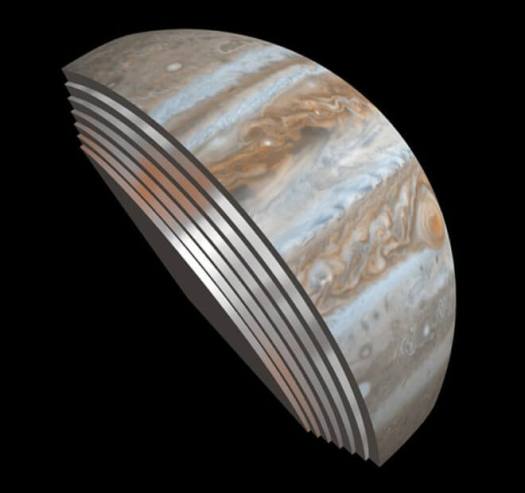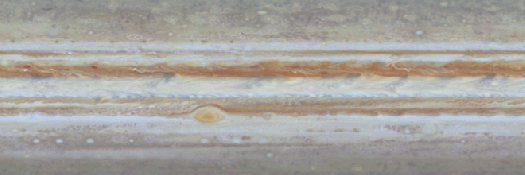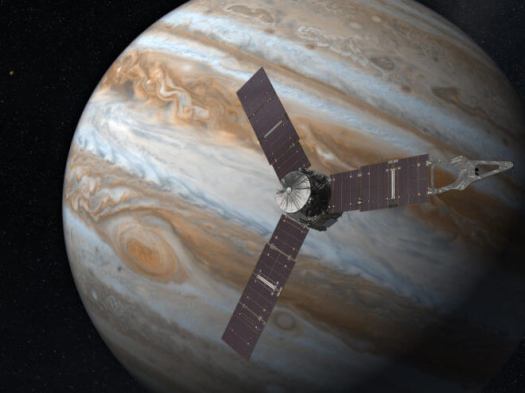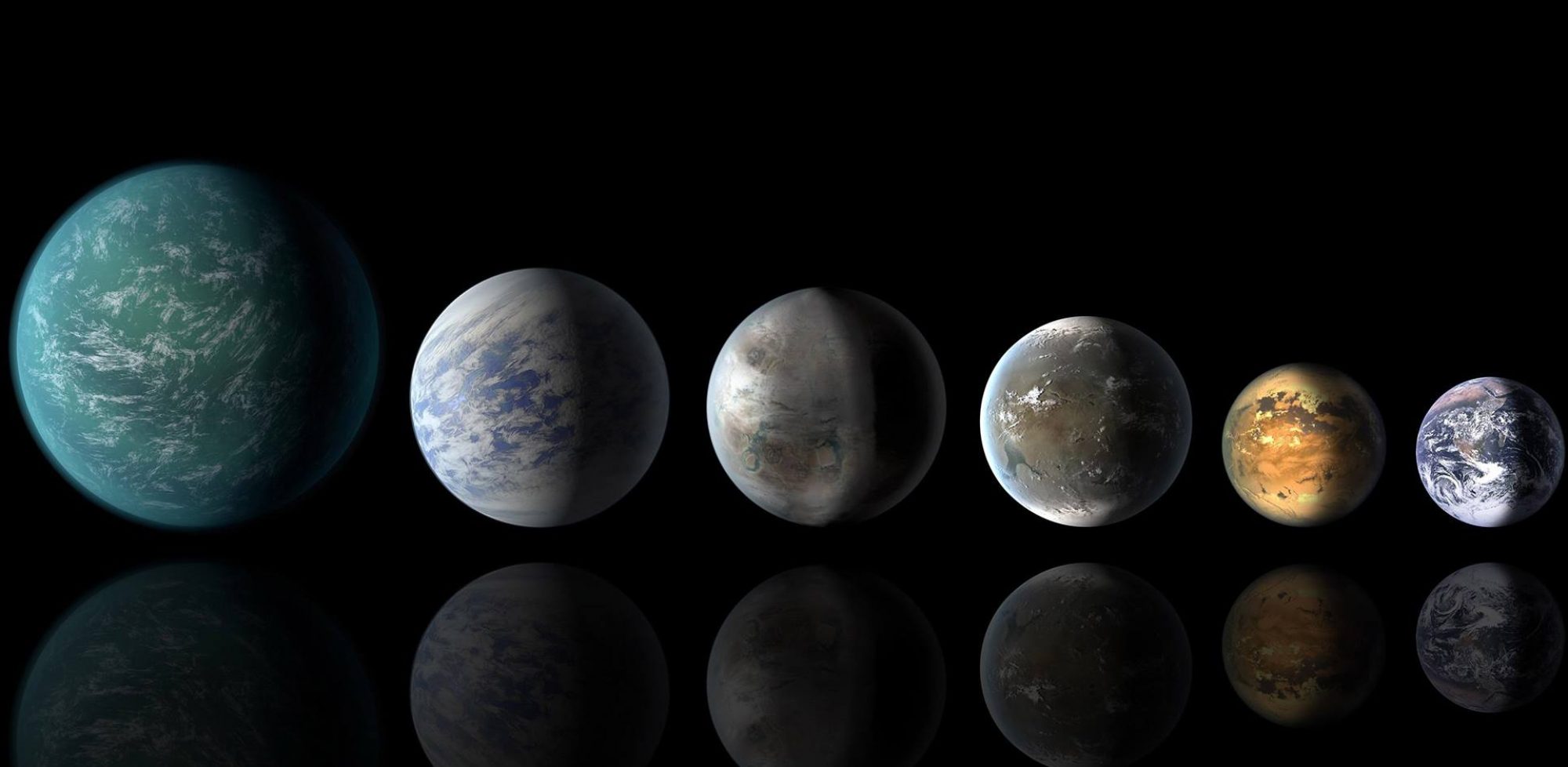Though on holiday, I wanted to share these images and a bit of the Juno at Jupiter news.

Because telescopes have never been able to see clearly down through the thick clouds of Jupiters– the ones that together form the planet’s glorious stripes– it has remained a mystery how deep they may be.
Based on the Juno spacecraft’s August pass, we now know via its microwave radiometer that the stripes reflect dynamics that occur deep into the planet.
Scott Bolton, leader of the Juno mission reported the team’s conclusions during a press conference at the 2016 meeting of the American Astronomical Society’s Division for Planetary Sciences.
“The structure of the zones and belts still exists deep down,” Bolton said. “So whatever is making those colors, whatever is making those stripes, is still existing pretty far down into Jupiter. That came as a surprise to many of the scientists. We didn’t know if this was [just] skin-deep.”
The new images penetrate to depths of about 200 to 250 miles below the surface cloud layer, Bolton said. While the bands seen on the cloud tops are not identical to the bands identified further down, there is a strong resemblance. “They’re evolving. They’re not staying the same,” Bolton said.
The findings have intriguing implications for exoplanet research. Bolton said that the hint at “the deep dynamics and the chemistry of Jupiter’s atmosphere. And this is the first time we’ve seen any giant planet atmosphere underneath its layers. So we’re learning about atmospheric dynamics at a very basic level.”

These early Juno findings came as it was also reported that the spacecraft had two malfunction that caused it to go into safe mode, just as it was approaching Jupiter for an October 19 flyby.
Right now, Juno makes one orbit every 53 days. Juno was scheduled to fire its engines on Oct. 19 and reduce its orbit to every 14 days. But because of a problem with the engine valves, the Juno team delayed that engine firing for now.
Then, NASA officials said, a second problem, apparently related to the “software-performance monitor,” caused the probe’s onboard computer to reboot. Officials said the problem was not related to that earlier propulsion issue.
“At the time safe mode was entered, the spacecraft was more than 13 hours from its closest approach to Jupiter,” said Rick Nybakken, Juno project manager from NASA’s Jet Propulsion Laboratory in Pasadena, Calif. “We were still quite a ways from the planet’s more intense radiation belts and magnetic fields. The spacecraft is healthy and we are working our standard recovery procedure.”
In safe mode, all unneeded subsystems were shut down and instructions were relayed by controllers. Juno did not collect any data during the flyby, which was to take place as it passed 3,000 miles above Jupiter’s clouds.
The root causes of the problem have not been made public and apparently remain unresolved. But Bolton that no long-term problems were anticipated, and that the team expected the spacecraft to be ready to turn on all science instruments at the next close flyby, on December 11.

